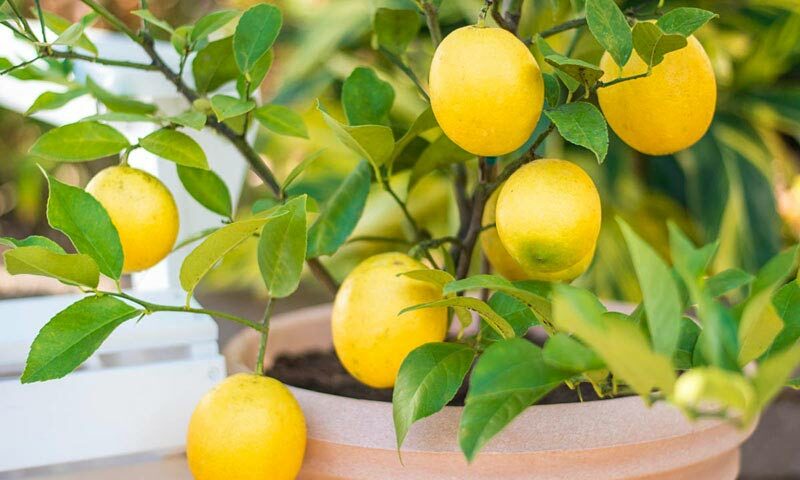By Spy Uganda
It’s easy to plant a lemon tree in a cup from the comfort of your home. With a little help from this article and some easy, basic instructions, you’ll soon grow your lemon tree by saving the seeds you get from the lemons you eat. And you’ll gain the benefits of adding citrus fruit to your diet, too.
What Do You Need To Start Your Lemon Tree From Seeds?
One of the first steps in starting your citrus tree from seed remains to remove the seeds from an organic lemon. Non-organic fruit seeds frequently contain seeds that don’t sprout. Other materials besides lemon seeds that you’ll need to plant lemons in a cup include:
• A small amount of potting soil. Preferred potting soil contains an equal mixture of peat moss, perlite, and vermiculite.
•Compost to feed the lemon tree as it grows.
•A cup or small container.
•A sunny place indoors.
•Water.
Step 1: Moisten the Soil
Lemons thrive in moist soil, and they are prone to drying out very easily. Before planting, take the time to mix a bit of water in your soil until it is damp to the touch. Be careful not to make a dirt soup. You just want the soil too moist.
Step 2: Add Soil
Fill your pot with the soil, but be careful to leave a one-inch space at the top.
Step 3: Choose Your Seed
According to Growing Wild Ceeds, it is important not to allow the seed from the lemon to dry out at any time. The article suggests plucking the best-looking seed directly from the lemon and popping it into your mouth for safe keeping and to keep the moisture.
Step 4: Plant Your Seed
Place your seed ½ an inch below the surface. Take care to water the soil thoroughly.
Step 5: Cover The Pot
Lemon seeds thrive in warm, sunny areas. Make sure to cover your pot with a bit of breathable plastic so that the seed is protected from cool temperatures. While the seedlings thrive in the warmth, take care that the soil does not dry out. Growing Wild Ceeds warns that this stage of the process is a balancing act. If you think that the seed is warm enough without the plastic, then do not use it. You don’t want to overheat the plant or trap in too much moisture, or it will cause root rot. Make adjustments as needed.
Step 6: Seedlings Sprout
In about two weeks, you will start to see tiny sprouts popping up from the dirt. If you are still using the plastic, it is not safe to remove it permanently. Make sure that the lemon tree has plenty of sunlight and is kept warm.
Tips for Beginners:
Lemon trees are a great plant to have around the house. However, there are a few things you should remember. Follow these tips to ensure your lemon tree has the best chance of survival.
1. Place outdoors
Gardening Know How says that it’s important to place your growing tree outdoors for a period of time during the day. This will increase its likeliness to bear fruit and allow bees to pollinate the tree.
2. Be aware of your location
Lemons love being warm, but consider whether or not your area is too warm. If you live in an unusually warm location, you may want to avoid direct sunlight for long periods of time.
3. Maintain a proper temperature
Plantea indicates that lemons do best in temperatures of 70 degrees F during the day and no lower than 55 degrees F during the night. The article also suggests that while the plant is considered evergreen, it will go in a dormant state and not produce fruit if they are put in temperatures below 54 degrees F.
You’re all set to start growing your lemon tree! Share with your friends to encourage them to grow one, too!





